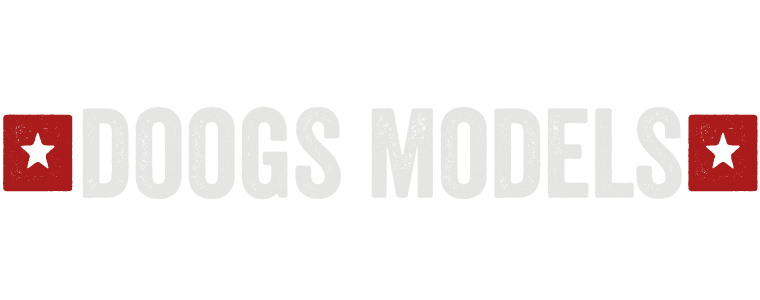
Part I: The Build-Up | Part II: Paint + Markings | PART III: Whitewash
I decided pretty early on in this build that I wanted to go after the last marking option Panda provides:

Why? Well, mainly because I’ve always found straight-up Panzer Gray somewhat boring (and difficult to weather without it looking stupid). Part of me thinks maybe the Germans felt the same way, which is why things eventually shifted toward dunkelgelb and increasingly intricate camoflage schemes.
Anyway. How to pull off kick-ass whitewash?
The last time I tackled a whitewashed Panzer Gray something, it was Cyber-Hobby’s awesome Panzer III Ausf.L Vorpanzer, done up in Lifecolor RAL7021, with whitewash courtesy of Tamiya XF-2 Flat White.

I think it worked out pretty well. The Vorpanzer has taken third in its category in two different shows…something I’m totally cool with given the level of competition.
But it’s not exactly the look of the Pz.38(t) in the Panda profile. So I went hunting for alternative solutions.
Whitewash Options
The first option was the most obvious one – the good old “hairspray” technique – for which I use AK Interactive’s Heavy Chipping fluid.
Some searching, however, also revealed an interesting product from Italian company True Earth. They make an acrylic whitewash that seems to contain all the hairspray technique properties in a single bottle.
Armed with my two techniques, I pulled out a stalled KV-2 build to repurpose as a guinea pig.
The first test was the AK Heavy Chipping Fluid overpainted with thinned Tamiya XF-2 Flat White. This technique certainly produced chipping, but the effect is stark, not diffused in the way I was looking for, with the whitewash gradually “melting” off the vehicle.

On the other side, I tried out the True Earth whitewash.
This initial test proved hit-and-miss. In some areas, I found the stuff just streaked but didn’t scrape away (perhaps I went after it when it was too wet, or too thickly applied?). In others, such as around the German cross, it looked fantastic.

Clearly more experimentation was in order. Moving to the back of the KV-2’s turret, I airbrushed the whitewash onto one side, and brushed it onto the other, then set about the wetting and removing. The airbrushed portion on the right was definitely my favorite – I’m a fan of the way the whitewash subtly tints the surface.
Applying the Whitewash
But…getting the whitewash to work the way I really like required that it be pretty friggin’ thin. So I arrived at a middle ground solution…using Tamiya XF-2 to establish a “base” for the whitewash, then applying the True Earth stuff on top.
Overall, I’m pretty thrilled with how the whitewash came out in the end, and I feel like there are secrets in the True Earth whitewash that I have yet to unlock (for instance, applying it heavier…).
Stay tuned for Part 4, when the tracks get painted and the big 38 gets seriously weathered.







2 Comments Add yours